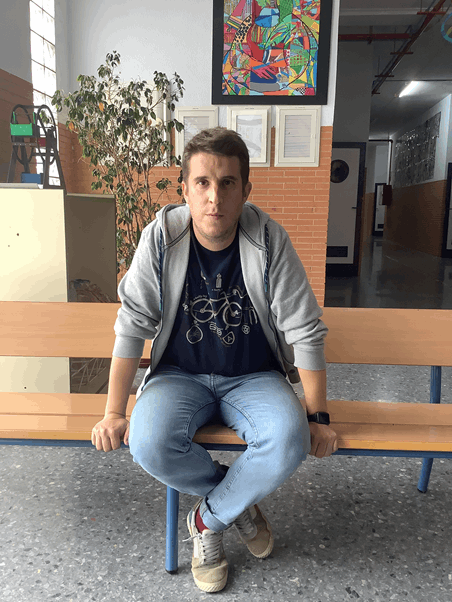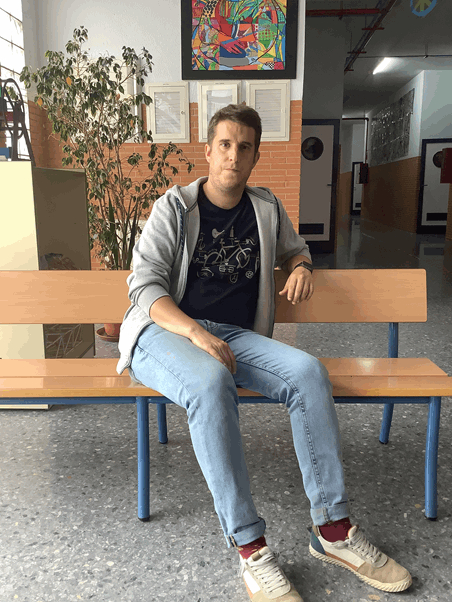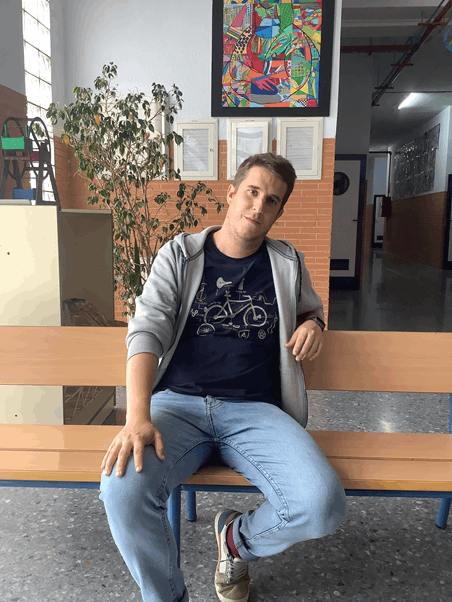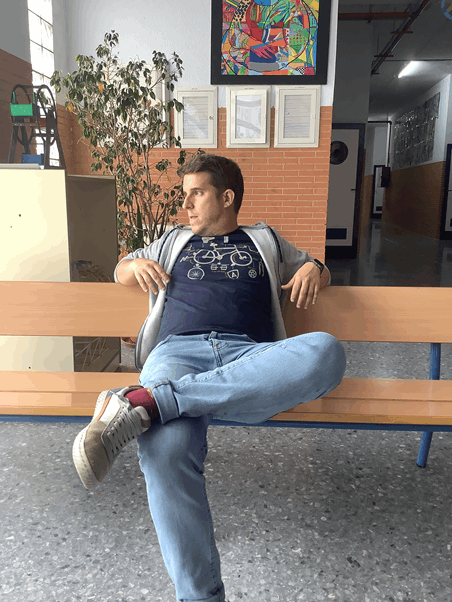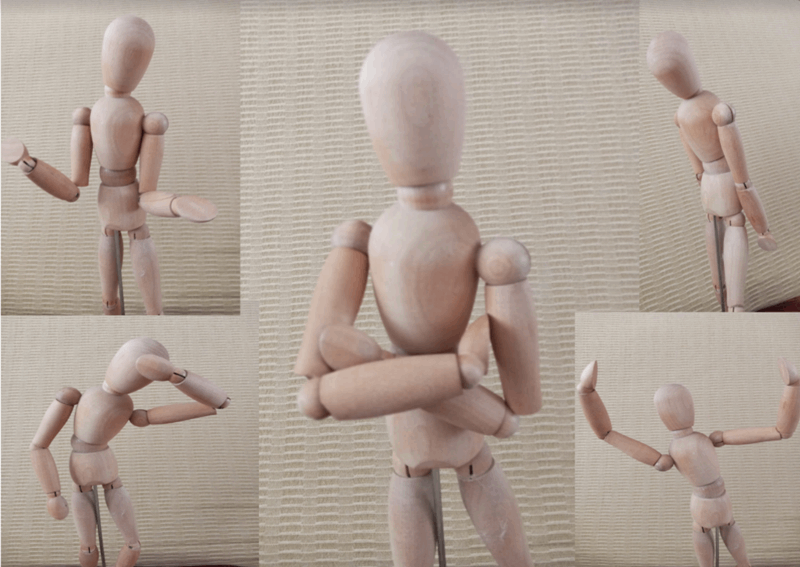You´re probably sitting in a chair while you read this. Look at your position in the chair. How are you sitting? Which photo is more similar to the posture you are having now?
These postures are giving a clear and truthful message about your emotions, needs and desires at this moment.
If you have chosen A, it means you´re not very comfortable and a bit angry. You'd prefer to be sitting somewhere else and probably doing something different.
If you have chosen B, it means you´re concentrated and interested in this exercise.
If you have chosen C, it means you´re fed up with school. You can´t cope with it anymore.
 Definition:
Definition:
Very tired of or annoyed at something.
Muy cansada o molesta por algo.
Example:
The teacher was fed up with the noises they were making so she had to send a message to their families.
La profesora estaba harta de los ruidos que hacían, por lo que tuvo que enviar un mensaje a sus familias.
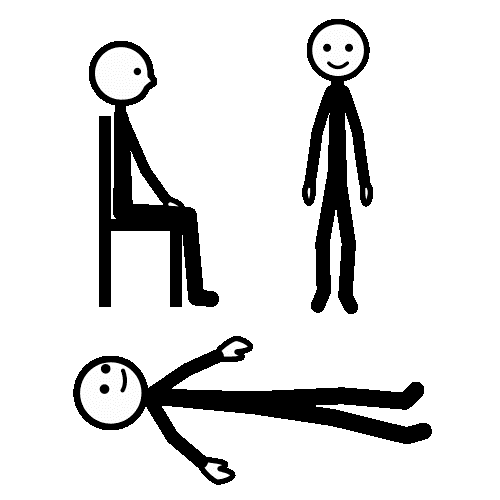 Definition:
Definition:
Body position.
Posición del cuerpo.
Example:
Look at them. Their postures give us valuable information about their emotions.
Míralos. Sus posturas nos brindan información valiosa sobre sus emociones.

- Definition:
Not false, congruent.
No falso, congruente.
Example:
Be truthful to yourself and you will succeed.
Sé sincero contigo mismo y tendrás éxito.
 Definition:
Definition:
In order to live well and fully, there are things we must do: eat, sleep, be loved, be respected. They are our needs.
Para vivir bien y en plenitud hay cosas que debemos hacer: comer, dormir, ser amados, respetados. Son nuestras necesidades.
Example:
The government has to cover all their basic needs, including food, shelter, health and education.
El gobierno debe cubrir todas sus necesidades básicas, incluida la alimentación, la vivienda, la salud y la educación.


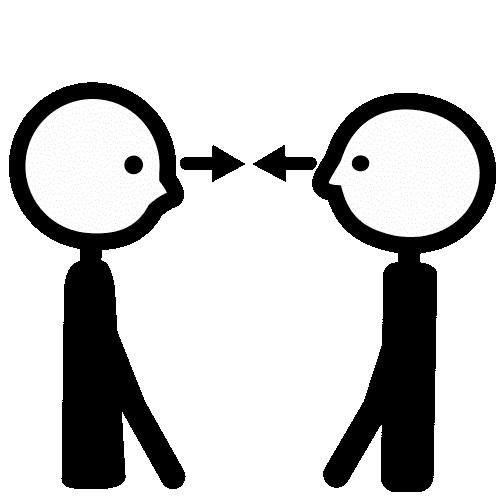

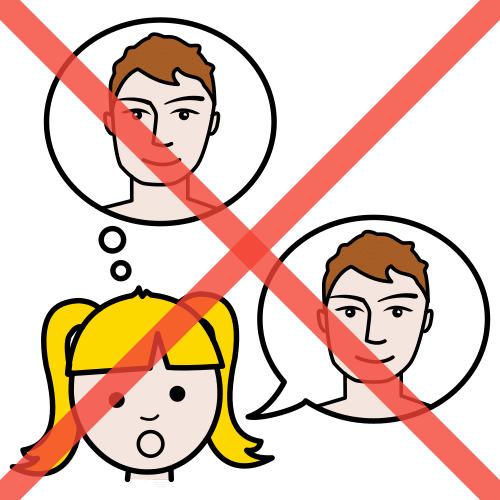


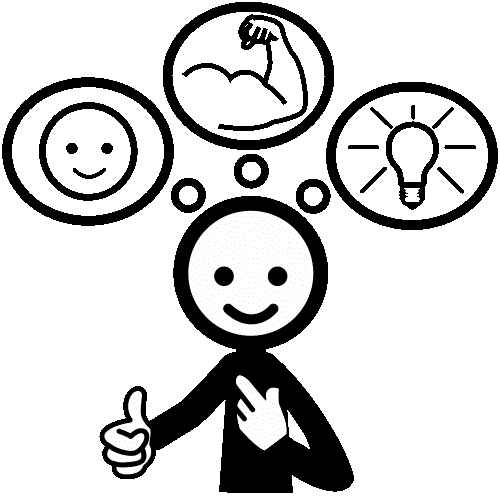


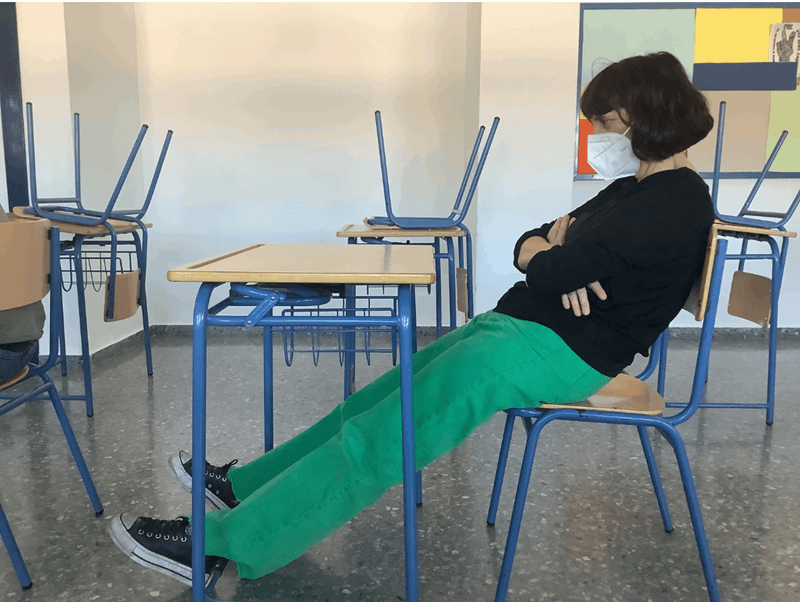
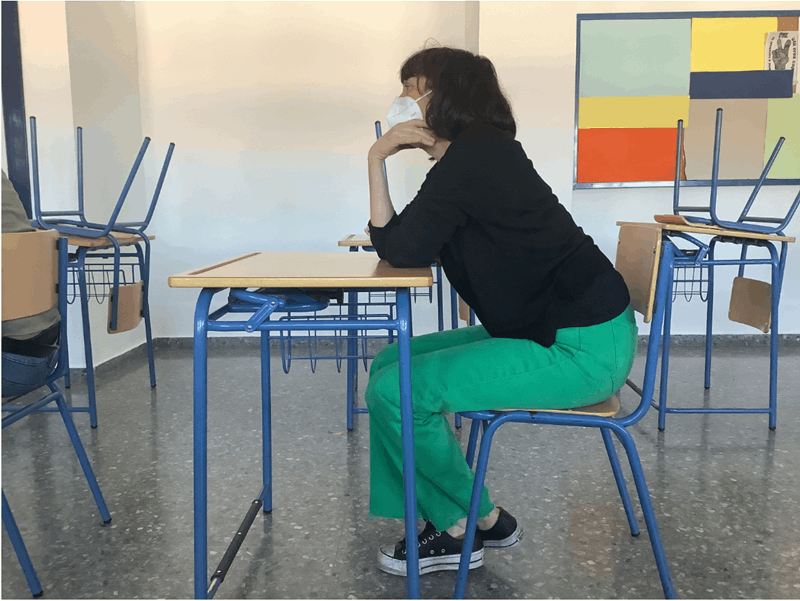

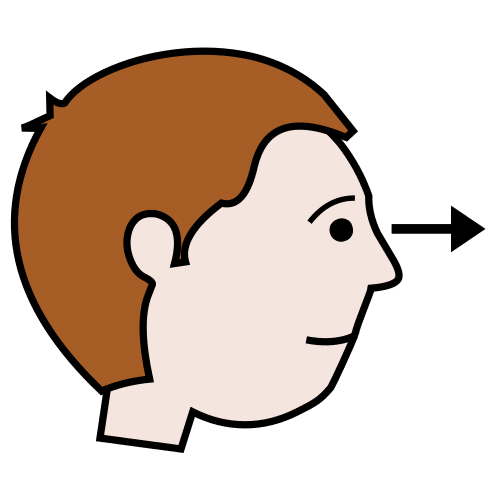 Look at your position on the chair.
Look at your position on the chair. Look at the three pictures.
Look at the three pictures.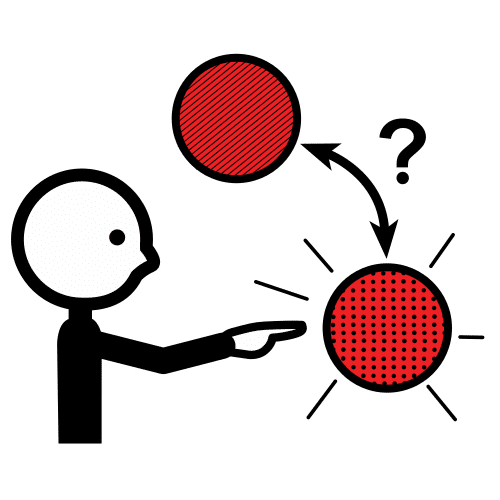 Choose the picture that is more similar to your position on the chair.
Choose the picture that is more similar to your position on the chair.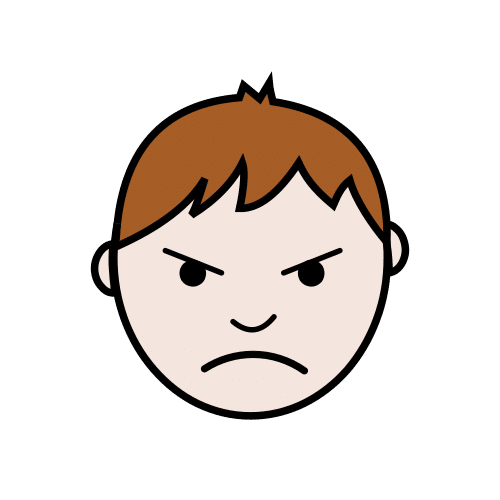 In picture A you are angry.
In picture A you are angry.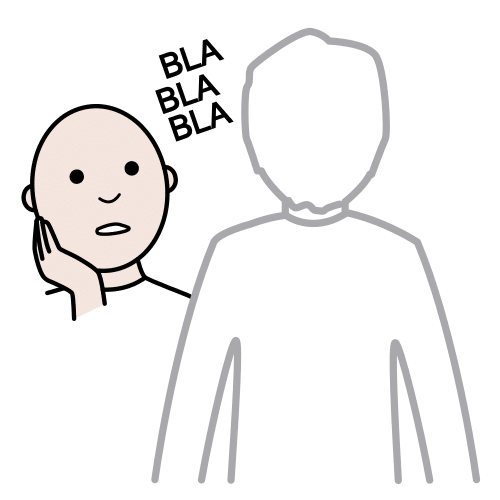 In picture B you are interested in the activity.
In picture B you are interested in the activity. In picture C you hate school.
In picture C you hate school.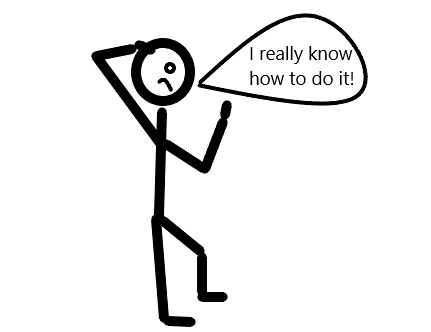
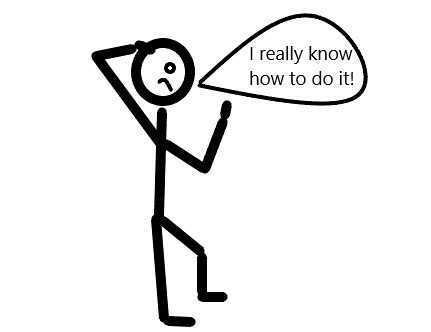 Look at this image.
Look at this image.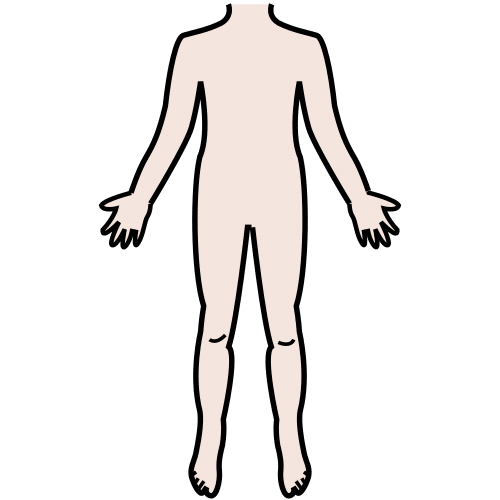 The dummy 's body expresses insecurity.
The dummy 's body expresses insecurity.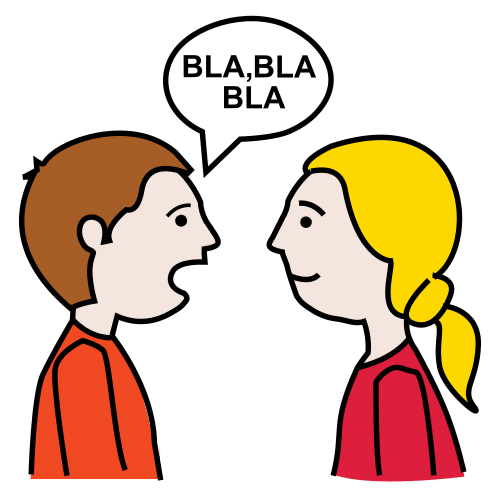 The dummy 's words express security.
The dummy 's words express security.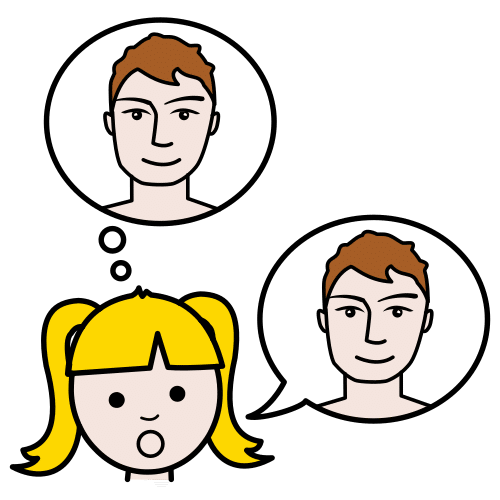 The message of the dummy’s body is true.
The message of the dummy’s body is true.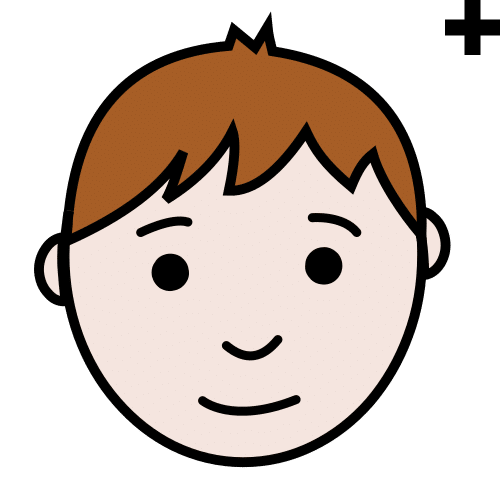 - Facial expressions.
- Facial expressions.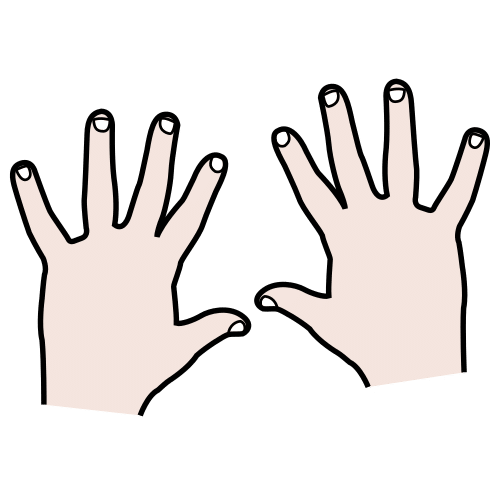 - Gestures.
- Gestures. - Body movements.
- Body movements. - Postures.
- Postures.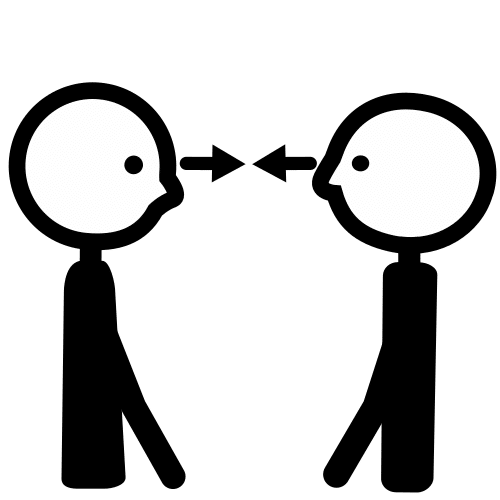 - Eye contact.
- Eye contact. People express emotions and feelings through body language.
People express emotions and feelings through body language.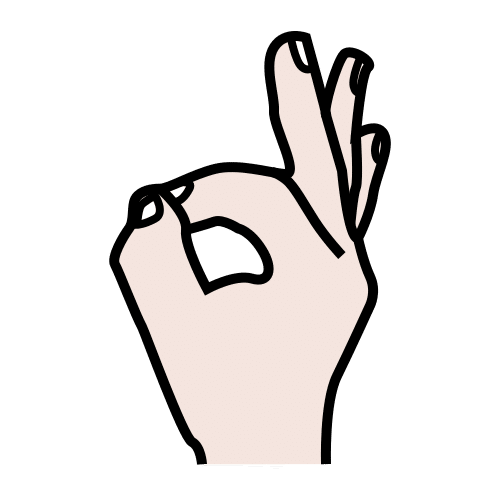 A good communicator uses body language properly.
A good communicator uses body language properly.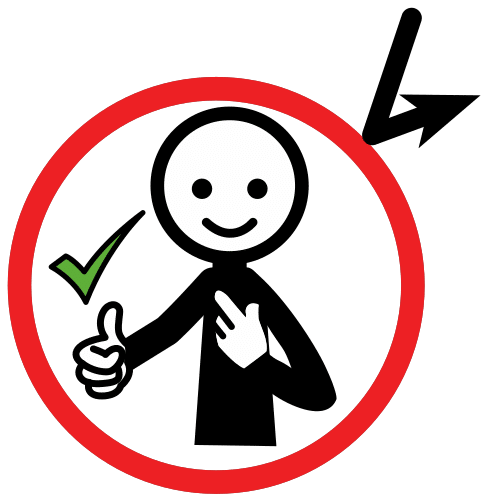 A correct position expresses self-confidence.
A correct position expresses self-confidence.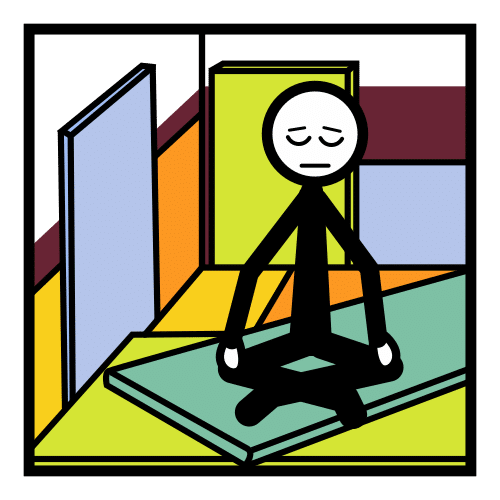 Body control expresses quietness.
Body control expresses quietness.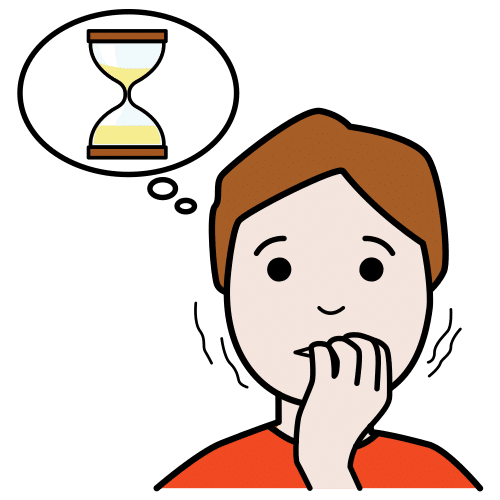 Repetitive movements express nervousness.
Repetitive movements express nervousness.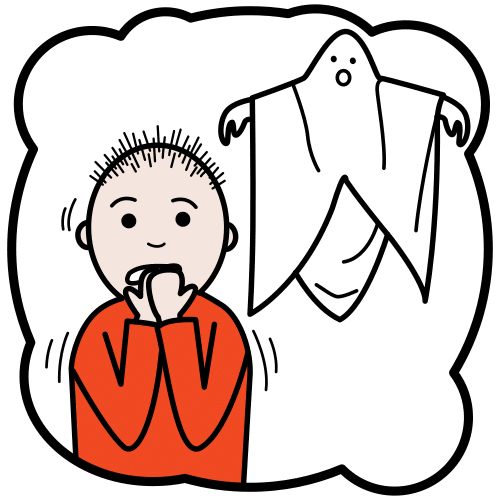 Chest backward position expresses fear.
Chest backward position expresses fear.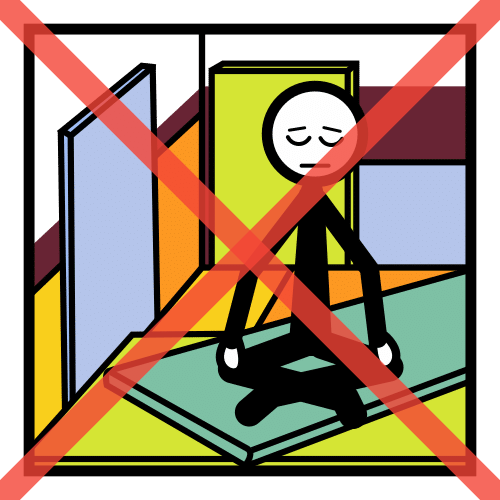 Walking to and fro expresses restlessness.
Walking to and fro expresses restlessness.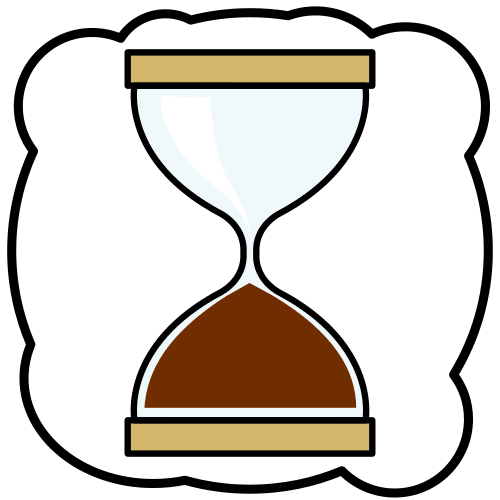 Look into someone's eyes for a short time.
Look into someone's eyes for a short time.

